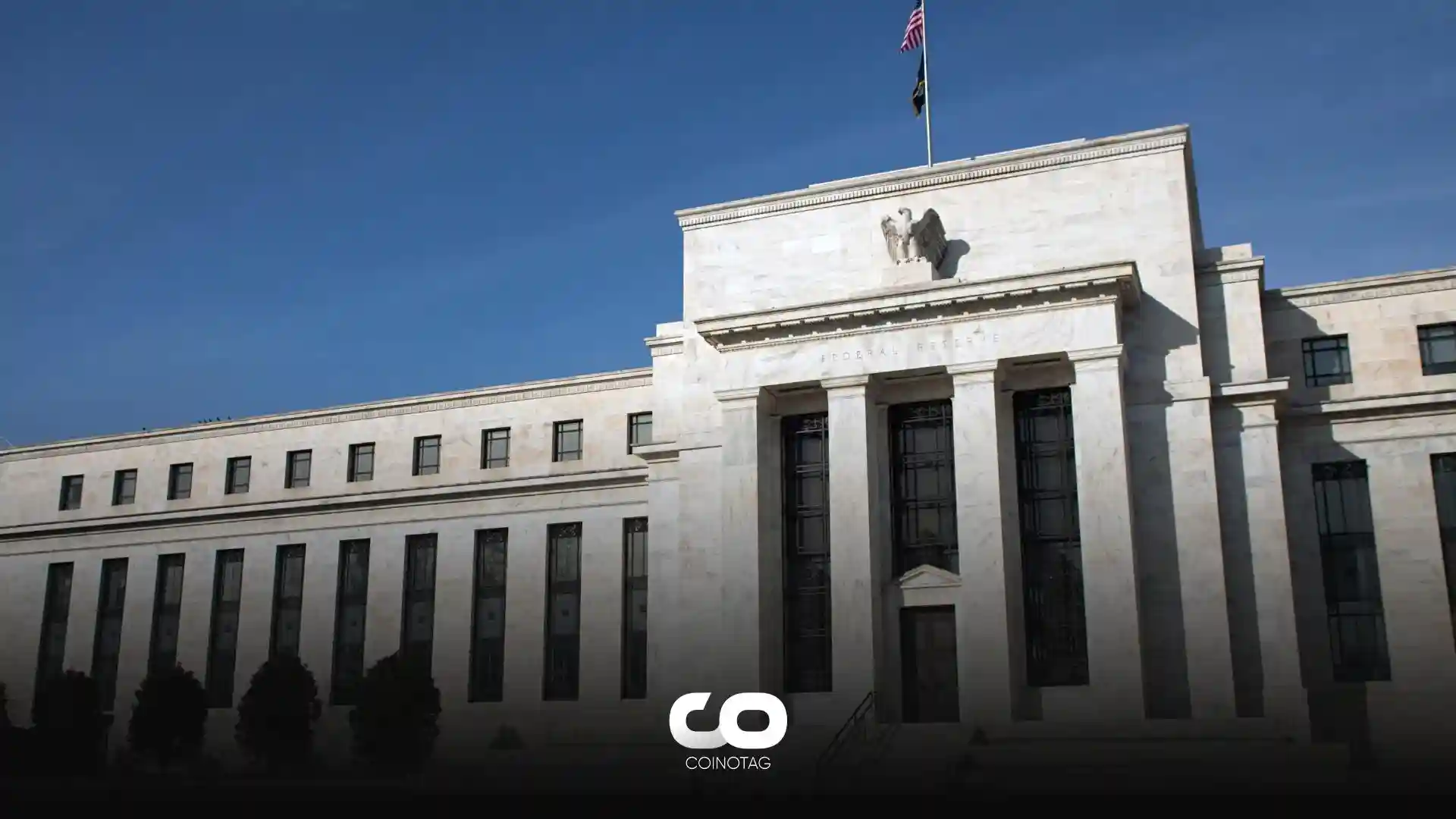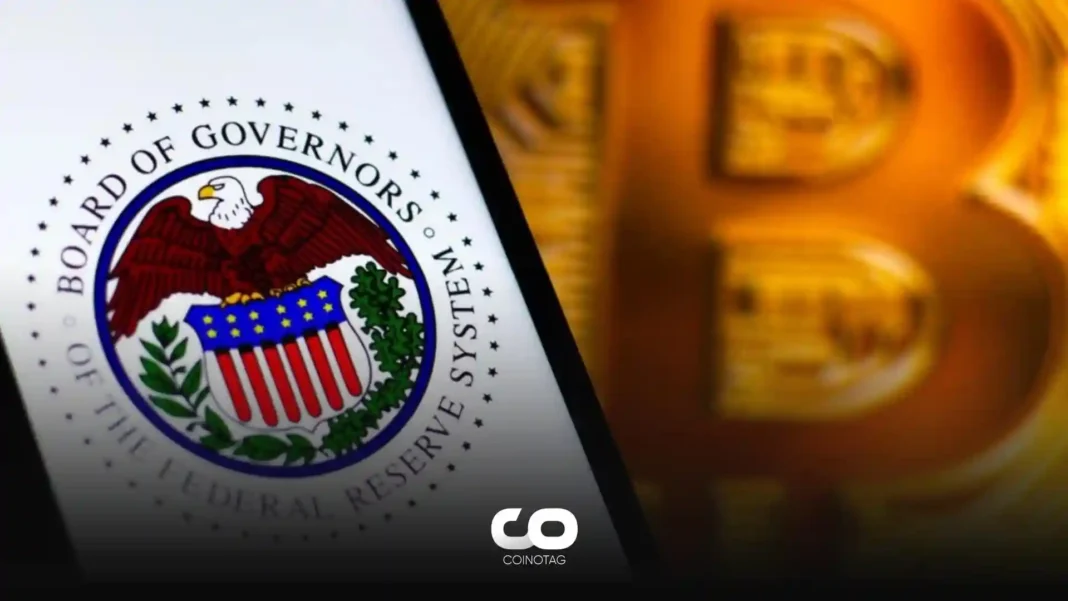- After the IMF warned of inflation and reduced economic growth for 2024, statements from Fed officials urged central banks to maintain a tight monetary policy.
- Neel Kashkari, President of the Minneapolis Federal Reserve Bank, stated that if the economy strengthens significantly, the Federal Reserve may need to raise interest rates further.
- Federal Reserve Governor Michelle Bowman said that “interest rates may need to rise further and stay at higher levels than expected” to control inflation.
After the IMF reports, it became a subject of curiosity how the Fed will proceed: Fed officials shared their views on interest rates.
How will the FED proceed after the IMF reports?

U.S. Federal Reserve officials emphasized the need for further interest rate hikes to control inflation, given the warnings from the IMF about inflation and reduced economic growth for 2024. This could potentially delay the rally following Bitcoin’s block reward halving, as investors may continue to view macro factors with skepticism.
In recent days, several Federal Reserve officials argued that the central bank would not raise interest rates further from their current 22-year high. Neel Kashkari, President of the Minneapolis Federal Reserve Bank, said that the Federal Reserve might need to raise interest rates further if the economy strengthens significantly. Kashkari described the recent rise in 10-year Treasury yields as “confusing.”
Mary Daly, President of the San Francisco Federal Reserve Bank, claims that the neutral interest rate (R-star) should be higher since the pandemic. This suggests that the Fed may need to continue raising interest rates for a longer period. Daly and other Fed speakers noted that there was no need for further interest rate hikes this week due to the recent rise in bond yields, and U.S. Treasury yields dropped after a five-month sale.
Meanwhile, Federal Reserve Governor Michelle Bowman said that “interest rates may need to rise further and stay at higher levels than expected” to control inflation. According to her claim, inflation is still above the FOMC’s 2% target, and the labor market is tight.
In the last month, the U.S. Fed kept interest rates steady at 5.25%. The CME FedWatch Tool indicates an 86.8% probability that interest rates will not change at the next FOMC meeting on November 1.
Bitcoin’s Risk of Dropping to $25,000
BTC’s price dropped 2.54% in the last 24 hours and is currently trading at $26,690. The low and high values in the last 24 hours were $26,636 and $27,605, respectively. However, the price has increased significantly since it started moving upwards in January.
The U.S. Producer Price Index (PPI) for September came in higher than expected, suggesting that the U.S. Dollar Index (DXY) will likely make an upward bounce, leading to some corrections in Bitcoin.
Despite weak technical chart formations and indicators, a bounce is expected for BTC’s price from the $26,500 level. Considering neutral sentiment and inflows before Bitcoin’s block reward halving, the probability of dropping to $25,000 is lower.







